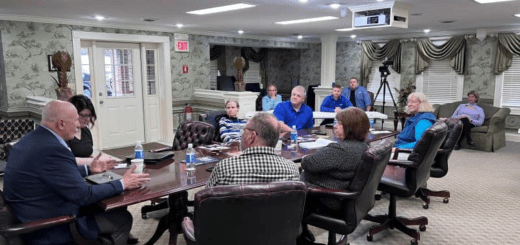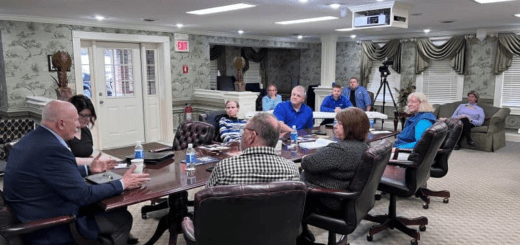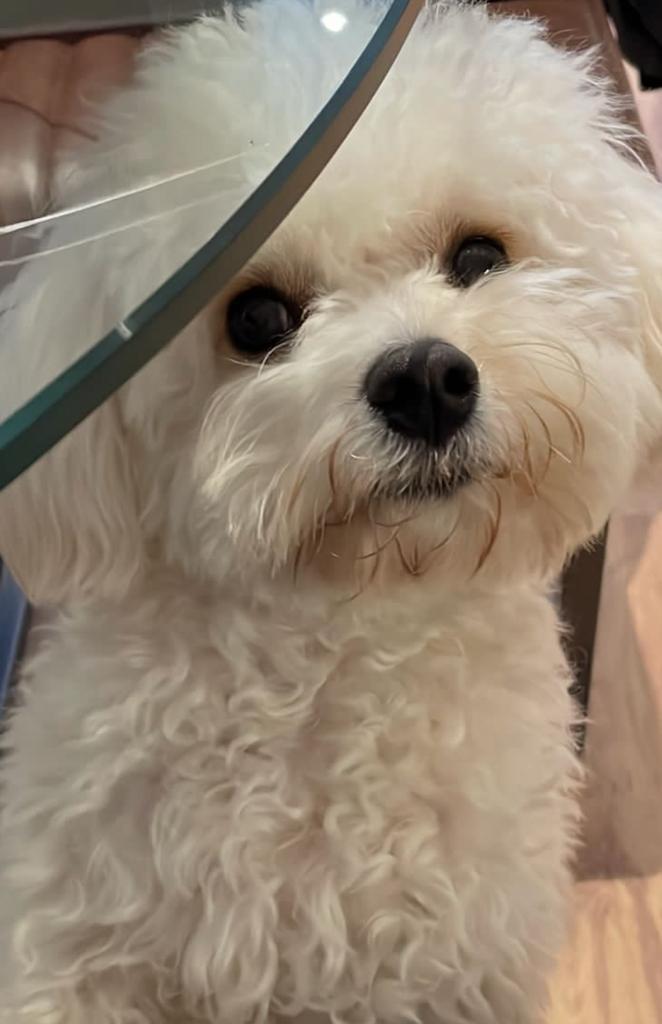Rural and small town ideas from the OU Placemaking Conference IQC 2023
Recently I attended the OU (University of Oklahoma) Institute for Quality Communities (IQC) Placemaking Conference This was the 10th annual event. There were 600 people attending from 40 counties in Oklahoma and 6 surrounding states. I attended the 2017 event along with my colleague Deb Brown. The focus was inevitably on big cities, but I […]Vanessa Morrison (holding mic) moderates a panel of the ecosystem of communities with (left to right) Mukul Malhorta, Kia Weatherspoon, and Allison Quinlan. Recently I attended the OU (University of Oklahoma) Institute for Quality Communities (IQC) Placemaking Conference This was the 10th annual event. There were 600 people attending from 40 counties in Oklahoma and 6 surrounding states. I attended the 2017 event along with my colleague Deb Brown. The focus was inevitably on big cities, but I was there scouting for rural and small community ideas we could all use. Kia Weatherspoon, President, Determined by Design, shared how her personal stories were her pathway to purpose. Purpose Driven Path to Design Equity Kia Weatherspoon, President, Determined by Design (interior design) Kia shared how she came to work in interior design. Visiting her brother in prison, she found walking into the building and the entire environment to be dehumanizing. Later she served in the Air National Guard with three tours in Iraq. She improvised a space by hanging up sheets so she could feel safe dealing with the overwhelming emotions of war. Those experiences–war and prison–brought her to understand how space hurts or heals people. She works on affordable housing and other projects that normally don’t receive much if any purposeful interior design. Her first project was for a domestic violence shelter for women. While some initially told her they didn’t need a well designed space because they had other needs to spend that money on, Kia persisted. Once it was finished, one of the women said to her, “When I walked into this space, I realized that change was possible for me.” “The people who most need design don’t know they don’t have it, and they have no advocate,” Kia said. That resonated with me as rural people have little access to the kind of design that can make a difference in their lives, don’t know they don’t have it, and they have no advocate. Kia said she digs deeply into the stories of the place starting with the land and the Indigenous people of the area. As she moves through the history of the place, she continues to collect stories and images to incorporate into her designs. She uses the phrase “Conjuring ripe heirlooms” to describe what they are creating. Because these projects usually benefit people with low incomes, sometimes others will push back on her design choices. “You’re making it too nice for these people.” Kia said she sees it differently, asking herself “Is this good enough for my grandmother, my brother, my friend?” “The spaces that we create today will affect four generations of people,” Kia said. That really hit me,













